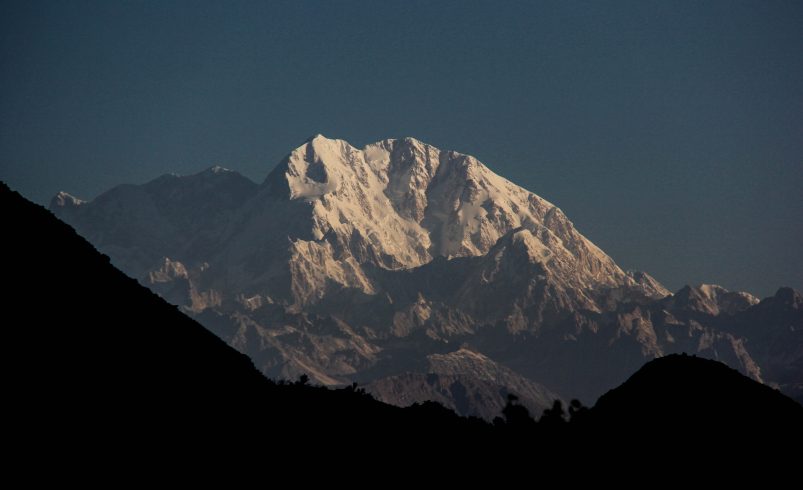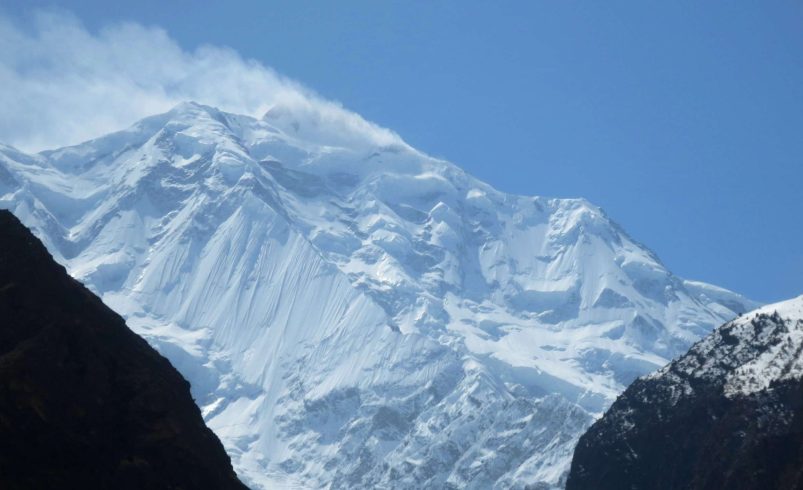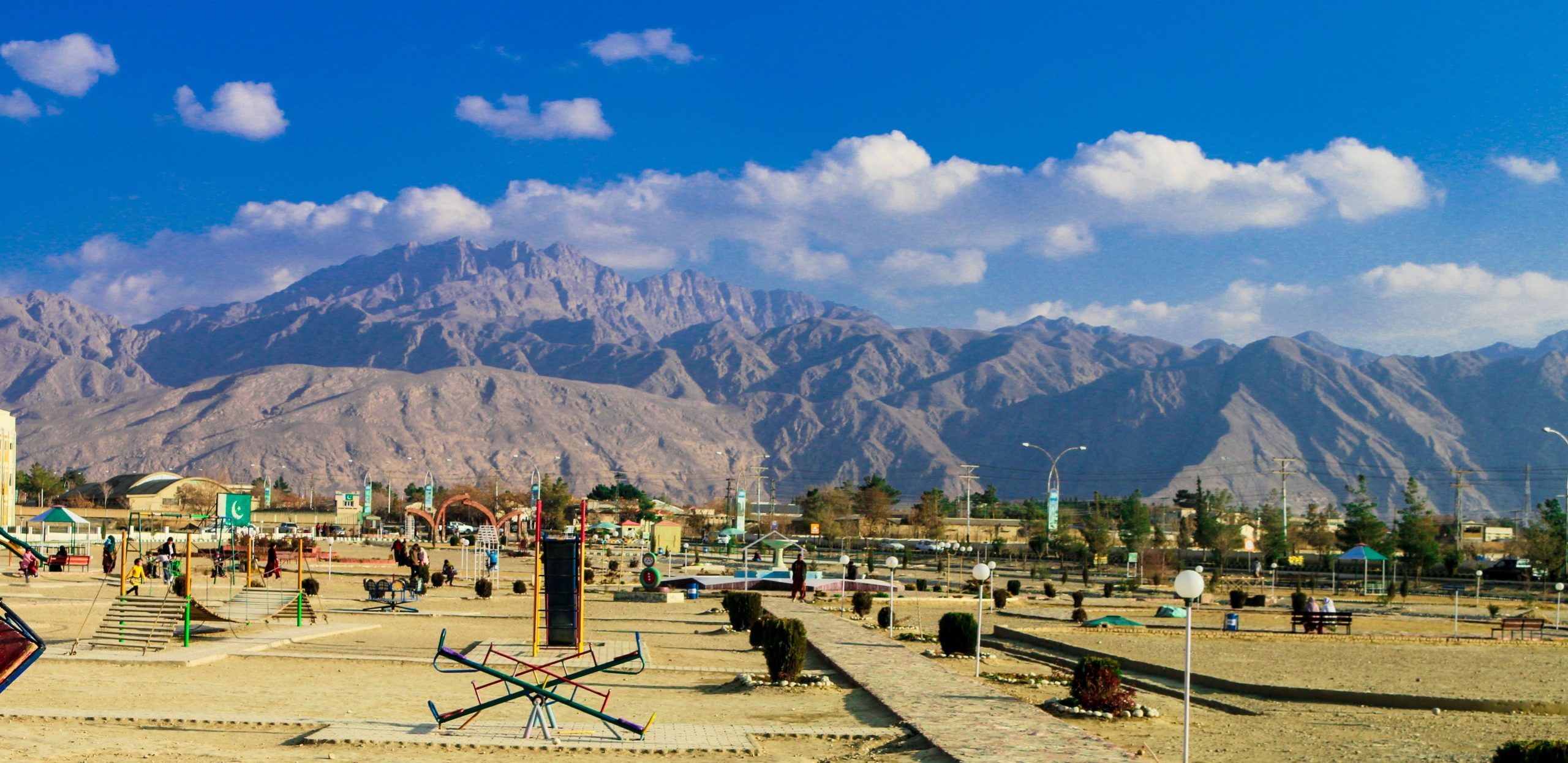
- July 26, 2025
🧭 Introduction
Towering at 7,708 meters, Tirich Mir is the highest mountain in the Hindu Kush range, located in the Chitral District of Khyber Pakhtunkhwa, Pakistan. This breathtaking peak not only dominates the region physically but also holds immense cultural, spiritual, and mountaineering significance. If you’re planning to explore Tirich Mir, you’re in for a journey of challenge, beauty, and heritage.
Tirich Mir lies at the end of the Tirich Valley, a narrow corridor that extends northwest of Chitral town. The mountain is part of the Hindu Kush range, which stretches from central Afghanistan into northern Pakistan.
The name “Tirich Mir” is believed to derive from the Wakhi language, meaning “King of Darkness.” This could reflect either the long shadows the mountain casts or its notorious weather conditions. For climbers and adventurers, this mountain represents a true conquest.
🕰️ Famous Expeditions to Explore Tirich Mir
The majestic Tirich Mir has captivated elite climbers for over 70 years. Below are some of the most notable expeditions that have conquered or attempted this awe-inspiring peak in the Hindu Kush range.
🇳🇴 1950 – The First Successful Ascent by Norwegian Team
The first official summit of Tirich Mir was achieved by a Norwegian expedition led by Arne Næss, a renowned mountaineer and philosopher.
- Summit Date: July 21, 1950
- Route: South East Ridge via Tirich Glacier
- Team Members: Arne Næss, Ralph Høibakk, P. Kvernberg, Tony Streather
- Significance: First successful ascent
- Support: Local Chitrali porters and guides
This expedition marked Tirich Mir’s entry into global mountaineering records.
🇯🇵 1964 – Japanese Expedition
A strong team from Japan summited Tirich Mir in 1964, becoming the second international expedition to do so.
- Leader: K. Tokunaga
- Route: Followed the Norwegian South East Ridge
- Climbing Style: Traditional siege style
- Impact: Fostered Japan-Pakistan alpine collaboration
This team’s success brought Asian climbing prowess into the spotlight.
🇩🇪 1975 – German Alpine Club Expedition
The German Alpine Club (DAV) led a research-focused expedition to Tirich Mir.
- Climbers: Heinrich Lüdecke, Klaus Lüdecke, and others
- Goal: Climbing and environmental studies
- Achievements: Summit reached and glacier data collected
- Legacy: Combined mountaineering and climate science
Their expedition highlighted scientific mountaineering on the mountain.
🇵🇱 1982 – Polish Winter Attempt
A daring Polish winter expedition attempted Tirich Mir under brutal winter conditions.
- Team Leader: Wojciech Kurtyka
- Challenge: Extreme cold and high avalanche risk
- Highest Point Reached: 6,400 meters
- Result: Turned back due to dangerous frostbite conditions
Although the summit wasn’t achieved, it showcased Poland’s winter climbing grit.
🇵🇰 1995 – Pakistan Army Expedition
The Pakistan Army undertook a patriotic climb to the summit.
- Leader: Captain Nadeem Iqbal
- Team Objective: National representation and alpine training
- Success: Summit reached and Pakistani flag hoisted
- Support: Local guides and logistics from Chitral
This was a proud moment for Pakistan’s alpine community.
🌍 2000–2020 – Modern International Expeditions
The 21st century has seen multiple international teams and guided commercial attempts.
- Countries Involved: 🇫🇷 France, 🇮🇹 Italy, 🇨🇭 Switzerland, 🇰🇷 South Korea, 🇬🇧 UK
- Support: Alpine Club of Pakistan, local porters
- Advancements: GPS tracking, satellite phones, fixed ropes
- Challenges: Harsh terrain, unpredictable weather
- Success Rate: Still relatively low due to technical difficulty
These efforts reflect growing international interest in Pakistan’s unexplored climbing gems like Tirich Mir.
Subsequent Expeditions
Over the years, climbers from around the world have tried to explore Tirich Mir, though only a handful have succeeded. Harsh weather, high altitude, and complex glacier routes make this a challenging climb for even the most experienced mountaineers.
🕌 Cultural Significance and Myths
Tirich Mir is deeply respected by the Kalasha people and the Kho tribes. Local legends say the mountain is inhabited by supernatural spirits, and that it should not be approached without offering proper prayers or rituals. While science offers another view, local beliefs are an integral part of the experience when you explore Tirich Mir.
📅 Best Time to Explore Tirich Mir
Ideal Months for Trekking or Climbing
The most suitable time to visit or climb Tirich Mir is from June to mid-September, when the weather is stable and temperatures are manageable.
| Month | Weather | Conditions |
|---|---|---|
| May | Cold, snowy | Risky |
| June | Clear, mild | Best |
| July | Warmer, monsoon | Good (check forecast) |
| August | Dry, stable | Excellent |
| September | Cool, quiet | Good |
| Oct–April | Cold, snowy | Not Recommended |
🧭 How to Reach Tirich Mir from Islamabad
By Air
- Islamabad → Chitral (PIA Direct Flight – Approx. 1 hour)
- Chitral → Tirich Valley Base (4–5 hours by 4×4 Jeep)
By Road
- Islamabad → Dir → Lowari Tunnel → Chitral (12–13 hours)
- Chitral → Tirich Valley (4–5 hours by Jeep)
| From | To Tirich Valley | Mode | Travel Time |
|---|---|---|---|
| Islamabad | Chitral | By Air | 1 Hour |
| Islamabad | Chitral | By Road | 12–13 Hours |
| Chitral | Tirich Valley | Jeep | 4–5 Hours |
🗺️ Places to Visit While Exploring Tirich Mir
Tirich Valley
The base of the mountain and your starting point. The valley is filled with glacial streams, wildflowers, and local life.
Zani Pass
A scenic point for panoramic photos of Tirich Mir and neighboring peaks. Also used for acclimatization hikes.
Garam Chashma
A relaxing natural hot spring area, ideal for recovery after a long trek.
🎒 Activities Around Tirich Mir
- Trekking in the Tirich Valley
- Reaching Tirich Mir Base Camp
- Photography and drone footage of the snow-capped peaks
- Observing local traditions and Kalash customs
- Glacier exploration and rock climbing
🎊 Local Festivals and Events
Chilam Joshi Festival (May)
Held by the Kalasha community, this vibrant celebration marks spring with music, dance, and spiritual offerings.
Shandur Polo Festival (July)
Although held at Shandur Pass, it’s within driving distance and offers a thrilling cultural and sporting experience.
🏨 Where to Stay Near Tirich Mir
Chitral
- Hindukush Heights Hotel – Mid-range, beautiful views
- Tirich Mir View Hotel – Budget-friendly
Tirich Valley
- Local Homestays – Warm hospitality, authentic food
- Camping Sites – Available near Zani Pass and Base Camp
🍲 What to Eat While Exploring Tirich Mir
- Ghalmandi – Flatbread with cottage cheese and greens
- Rondijhzu – Yogurt soup
- Goat curry with local herbs
- Wild honey and Qahwa (green tea)
- Fresh apricots and dried mulberries
💰 Estimated Travel Costs in PKR
| Item | Estimated Cost |
|---|---|
| Islamabad–Chitral (Air) | 30,000–40,000 |
| Jeep Hire to Tirich Valley | 10,000–15,000 |
| Chitral Hotel (Per Night) | 5,000–8,000 |
| Local Homestay (Per Night) | 2,000–3,000 |
| Guide & Porter (Per Day) | 4,000–6,000 |
| Meals Per Day | 1,000–1,500 |
📅 Suggested Day-Wise Itinerary for Tirich Mir Expedition
This Tirich Mir Expedition itinerary is based on a traditional 35-day alpine-style climb, suitable for experienced mountaineers with proper acclimatization schedules and support teams.
⛰️ Day 1: Arrival in Islamabad
- Meet expedition team and Alpine Club of Pakistan officials
- Submit permits and equipment checklist
- Overnight in Islamabad
⛰️ Day 2: Drive to Chitral (10–12 hours)
- Scenic journey through Dir and Lowari Tunnel
- Reach Chitral town, check-in at hotel
- Final shopping and porters arrangement
⛰️ Day 3: Briefing and Rest in Chitral
- Expedition briefing by local authorities
- Finalize logistics, supplies, and porters
- Visit Chitral Fort and market
⛰️ Day 4: Drive to Shagrom Village (Tirich Valley)
- 6–7 hours jeep ride to Shagrom (2,900m)
- Trail becomes narrower and rugged
- Overnight in village camp or homestay
⛰️ Day 5: Trek to Zani Pass Base Camp
- 5–6 hours of steep climb
- Reach Base Camp (3,600m) near Tirich Glacier
- Set up tents and equipment depot
⛰️ Day 6: Acclimatization at Base Camp
- Rest, hydration, and light movement
- Gear check, assign rope teams
- Acclimatization hike to nearby ridge
⛰️ Day 7: Load Carry to Camp I
- Porters and climbers carry food, ropes, and gear
- Establish Camp I at 4,700m on South East Ridge
- Return to Base Camp
⛰️ Day 8: Rest Day at Base Camp
- Hydration and muscle recovery
- Monitor weather forecast
- Rope team coordination
⛰️ Day 9: Move to Camp I
- 6–7 hours of mixed snow and scree ascent
- Overnight at Camp I (4,700m)
⛰️ Day 10: Carry Loads to Camp II
- Fix ropes along exposed snow ridges
- Load deposit at 5,400m
- Return to Camp I
⛰️ Day 11: Move to Camp II
- Climb via serac-riddled glacier terrain
- Establish Camp II (5,400m)
- High winds and cold nights expected
⛰️ Day 12: Rest at Camp II
- Hydration and strength conservation
- Review summit push schedule
⛰️ Day 13: Carry and Route Fixing to Camp III
- Dangerous crevasses and avalanche zones
- Fix ropes near rock buttress section
- Cache supplies at 6,000m
- Return to Camp II
⛰️ Day 14: Move to Camp III
- Steep ice slopes and rock scrambling
- Set up Camp III at 6,000m
⛰️ Day 15: Acclimatization and Gear Checks at Camp III
- Final review of oxygen, clothing, technical tools
- Weather analysis for summit attempt
⛰️ Day 16: Summit Push – Early Start
- Midnight start via South East Ridge
- Long, grueling climb over snow domes and knife-edged ridges
- Reach Tirich Mir summit (7,708m) by late morning
- Spend minimal time at top due to wind
- Start descent immediately to Camp III
⛰️ Day 17: Descent to Camp I or Base Camp
- Retrace steps to Camp II and Camp I
- Possibly reach Base Camp if climbers are fit
⛰️ Day 18: Contingency Day
- Reserved for summit push or bad weather delays
⛰️ Day 19: Reserve/Contingency Day
- Extra buffer in case of storms or altitude illness
⛰️ Day 20: Clean-Up and Pack Down
- Dismantle camps, collect all gear and waste
- Prepare for departure trek
⛰️ Day 21: Trek Back to Shagrom
- Descend from Base Camp to Shagrom Village
- Porters return via mules or on foot
⛰️ Day 22: Drive to Chitral
- Return to Chitral town via jeep
- Lodge in hotel, enjoy hot shower
⛰️ Day 23: Drive Back to Islamabad
- Long road journey (12–13 hours)
- Return to capital, debrief at ACP
⛰️ Days 24–35: Extra Buffer Days
- Always allow additional 10–12 days for:
- Bad weather delays
- Injuries or acclimatization gaps
- Logistic issues
These buffer days are vital for a safe expedition and ensuring summit success without time pressure.
📍 Nearby Places and Distances
| Place | From Tirich Valley | Time |
|---|---|---|
| Chitral Town | 45 km | 4–5 hours |
| Kalash Valleys | 80 km | 6–7 hours |
| Shandur Pass | 170 km | 8–9 hours |
| Garam Chashma | 60 km | 3–4 hours |
🎒 Travel Packing Checklist
- Waterproof backpack
- Trekking boots and warm socks
- Cold weather clothing
- Flashlight and batteries
- Sunscreen and lip balm
- Water bottle and purification tablets
- Basic medical kit
- Trekking poles
- Personal ID and copies
- Portable charger
🚑 Emergency Contacts & Health Info
- Chitral DHQ Hospital: +92-943-412719
- Tourism Police Chitral: +92-943-412859
- Alpine Club of Pakistan: +92-51-9208963
- Rescue Service: 1122
Precautions:
- Stay hydrated
- Acclimate gradually
- Avoid raw water
- Respect local customs
💡 Travel Tips to Explore Tirich Mir
- Always travel with a local guide
- Carry extra batteries—power may be limited
- Wear layers for unpredictable weather
- Avoid overexertion at high altitudes
- Respect local traditions and dress modestly
❓ FAQs
What makes Tirich Mir so special?
Tirich Mir is the highest mountain in the Hindu Kush, known for its majestic height, natural beauty, and cultural significance.
When is the best time to explore Tirich Mir?
June to September offers the best trekking conditions with fewer weather disruptions.
Can beginners climb Tirich Mir?
No, climbing Tirich Mir requires advanced skills and proper expedition planning.
Is Tirich Valley safe for tourists?
Yes, with a guide and local coordination, the area is safe and welcoming.
How high is Tirich Mir Base Camp?
The base camp lies at around 4,800 meters, and you’ll need to acclimate carefully.
Are permits needed?
Yes, foreign travelers need special permits from the Ministry of Interior or Alpine Club.
What’s the difficulty level?
It’s a technical peak, suitable only for experienced climbers.
Are there local guides?
Yes, licensed guides and porters are available in Chitral.
What food is available?
Local organic food—bread, goat meat, lentils, yogurt, and green tea.
Can I take kids?
Not recommended for trekking, but older teens can enjoy the valley with guidance.
What is the average cost for a week-long trip?
Expect around PKR 100,000–150,000, excluding climbing gear.
Are there internet services?
Very limited—only in Chitral town. Buy a local SIM beforehand.
Is photography allowed?
Yes, but always ask locals for permission, especially in villages.
Do I need a vaccination?
Carry routine vaccinations. No special shots needed unless advised.
What’s the mobile network coverage?
Telenor and Jazz work in Chitral, but coverage fades in Tirich Valley.
How many days are needed?
A minimum of 6–7 days is recommended for a complete experience.
Are rescue services available?
Limited. Ensure you have rescue insurance and emergency contacts.
Is Tirich Mir visible from Chitral?
Yes! On clear days, the snow-covered peak dominates the skyline.
Can I join a group tour?
Yes, several operators organize group expeditions each summer.
🏁 Conclusion: Why You Must Explore Tirich Mir
To explore Tirich Mir is to embrace the raw, untouched beauty of northern Pakistan. From its towering presence to the spiritual beliefs it inspires, Tirich Mir offers much more than adventure—it offers meaningful travel. For those drawn to nature, culture, and challenge, this king of the Hindu Kush stands waiting.






